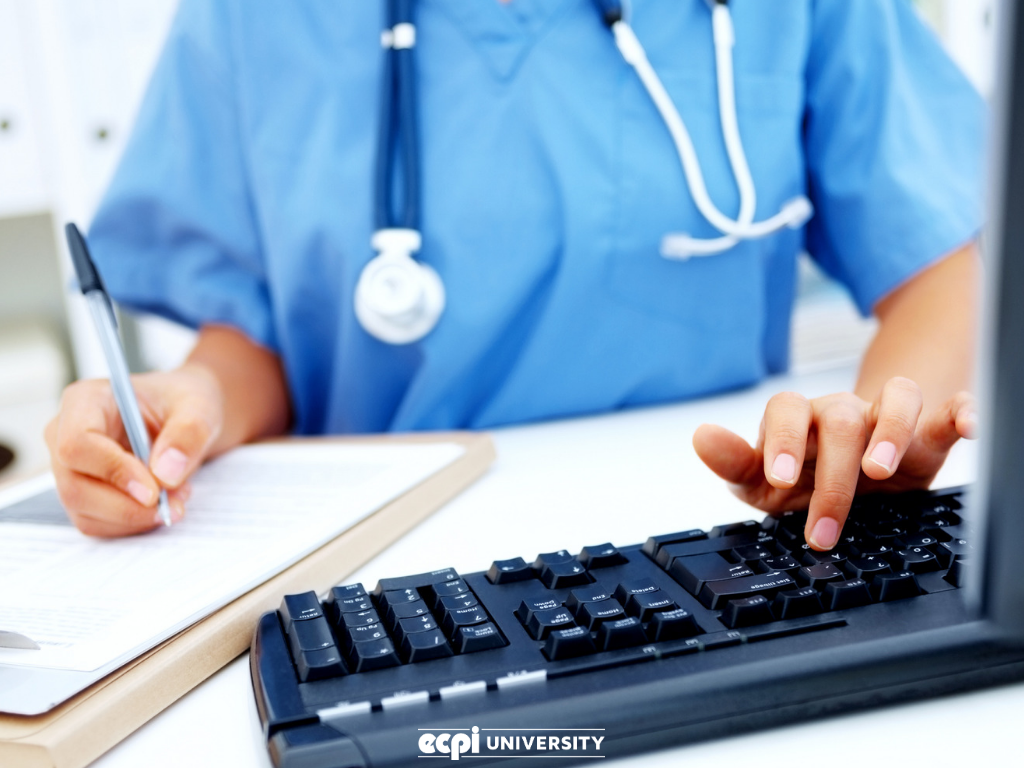Finest Practices in Medical Administration for Improving Efficiency and Decreasing Prices
In the ever-evolving landscape of medical care, the pursuit of finest methods in medical administration is paramount for boosting effectiveness and curbing expenditures. By integrating advanced modern technologies such as electronic health documents and telemedicine, doctor can enhance operations and boost client care. Nevertheless, technology alone is not a cure all; enhancing resource allowance and fostering joint communication amongst care groups are equally crucial (medical administration). As companies strive to stabilize quality and cost, what methods should be prioritized to accomplish these twin goals? The response to these inquiries hold the key to an extra sustainable medical care system.
Leveraging Advanced Modern Technology
The integration of digital remedies right into health care systems has changed the means facilities operate, simplifying procedures and improving patient treatment. By streamlining client information, EHRs remove the requirement for cumbersome documentation and assist in seamless interaction among healthcare carriers.
Telemedicine is one more technological advancement that has actually transformed patient communication. It provides convenience for both people and health care specialists by allowing remote consultations, which can lower the requirement for in-person gos to and maximize visit organizing. Furthermore, telehealth platforms can expand health care access to country or underserved areas, linking spaces in care distribution.
Moreover, using Expert system (AI) and artificial intelligence is coming to be increasingly widespread in predictive analytics, permitting for early discovery of potential health and wellness issues and more educated decision-making. These technologies, when integrated effectively, can enhance diagnostic precision and personalize individual therapy plans, inevitably leading to enhanced health care outcomes and operational performance.
Optimizing Source Allotment
By purposefully taking care of sources such as workers, equipment, and finances, medical care centers can dramatically improve their operational performance, boost individual results, and decrease unnecessary expenses. The very first step in optimizing source allowance includes conducting a comprehensive analysis of existing properties and determining areas where resources may be underutilized or exhausted.
Focusing on resource allocation based upon individual requirements and service demands is vital. This includes lining up sources with high-demand areas, such as emergency situation care or specialized treatments, to guarantee prompt and efficient client care. Carrying out versatile staffing models can also optimize labor sources by changing personnel appropriation in action to varying patient quantities. Furthermore, embracing telemedicine and various other technological remedies can relieve physical resource restraints by providing alternative opportunities for patient-provider interactions.
Monetary sources ought to be thoroughly checked and assigned with strategic insight to sustain both short-term operational requirements and long-term institutional goals. This includes investing in training programs that improve personnel competencies and adopting energy-efficient practices that minimize functional prices (medical administration). Ultimately, an optimized resource allotment technique promotes a lasting health care atmosphere that is receptive, effective, and monetarily sensible
Streamlining Operations Procedures
When health care centers goal to enhance operational effectiveness, enhancing process processes becomes a critical focus. Efficient operations decrease redundancy, remove unneeded steps, and improve coordination among medical care specialists. This strategy not just speeds up service delivery but additionally boosts the high quality of individual care.

Next, modern technology integration plays a substantial role in enhancing operations. Carrying out digital wellness documents (EHRs) and computerized medical professional order entry (CPOE) systems minimizes paperwork, reduces human mistake, and guarantees details comes to all pertinent personnel. Additionally, leveraging telemedicine systems can streamline person examinations and follow-ups, decreasing the pressure on physical infrastructure.

Eventually, streamlined process result in cost reductions and enhanced patient complete satisfaction, fostering a much more lasting health care environment.
Enhancing Information Monitoring
Structure upon streamlined workflows, enhancing data administration becomes an essential part ahead of time health care management. Reliable data management systems are crucial for keeping precise client documents, enhancing decision-making, and making sure compliance with governing requirements. By executing durable information management options, healthcare centers can improve the quality of client care while all at once decreasing functional costs.
One trick element of enhancing data monitoring is the combination of advanced digital health document (EHR) systems. These systems assist in the seamless exchange of individual information throughout different divisions, reducing replication of tests and lessening errors. A properly designed EHR system supports data analytics, making it possible for health care suppliers to identify fads and make informed choices regarding individual care.
Furthermore, guarding client information is paramount. Embracing thorough cybersecurity steps, consisting of encryption and routine audits, makes sure the integrity and privacy of delicate details. This not Extra resources only safeguards people but likewise preserves the institution's credibility.
Spending in team training is another crucial aspect. Enlightening healthcare experts on information monitoring methods improves their capacity to effectively make use of technology, causing boosted patient outcomes. In final thought, improving information monitoring through sophisticated modern technology and comprehensive training is vital for accomplishing performance and price reduction in medical administration.
Fostering Collaborative Communication
A vital part beforehand medical administration is promoting joint interaction amongst medical care professionals. Efficient interaction is vital for making certain seamless client care, maximizing treatment outcomes, and reducing errors. By urging open discussion and sychronisation across multidisciplinary teams, health care companies can improve their operational efficiency and reduce unneeded costs.
Central to this approach is the assimilation of interaction innovations such as electronic wellness documents (EHRs) and protected messaging systems, which assist anonymous in the fast exchange of essential patient details. These tools enable doctor to accessibility and share data in real time, making certain that all team participants are notified and aligned in their decision-making procedures. Routine group meetings and interdisciplinary rounds can further advertise a culture of cooperation and responsibility.
Educating programs concentrated on enhancing interaction skills are additionally vital. These programs can help personnel develop the capacity to communicate info clearly and pay attention actively, thus lowering misconceptions and promoting an encouraging work environment. On top of that, adopting standard communication procedures, such as SBAR (Circumstance, History, Evaluation, Suggestion), can enhance the exchange of information, making sure that essential details are shared succinctly and efficiently. Ultimately, cultivating collaborative interaction causes enhanced healthcare shipment and price financial savings (medical administration). reference

Final Thought
Incorporating innovative modern technology, such as electronic health and wellness records and telemedicine, along with maximized source allocation and streamlined workflow processes, is important for improving effectiveness in medical management. Reliable information monitoring and cultivating joint communication among medical care teams are crucial for reducing redundancies and enhancing treatment top quality. By prioritizing precautionary care and participating in quality improvement campaigns, health care organizations can achieve significant cost savings and boosted individual end results, therefore making sure sustainable health care distribution in an increasingly complicated atmosphere.
Comments on “Exactly How to Enhance Effectiveness in Medical Administration with Modern Equipment”